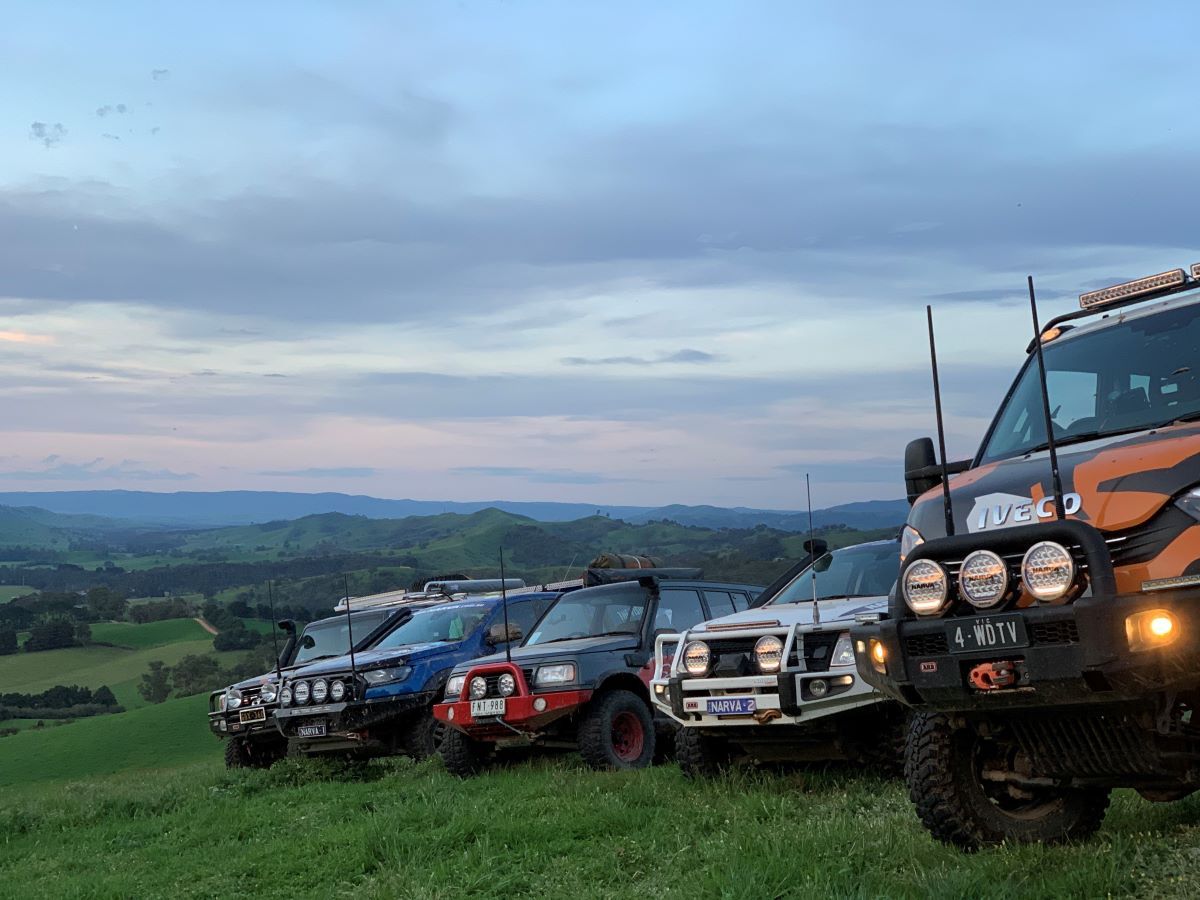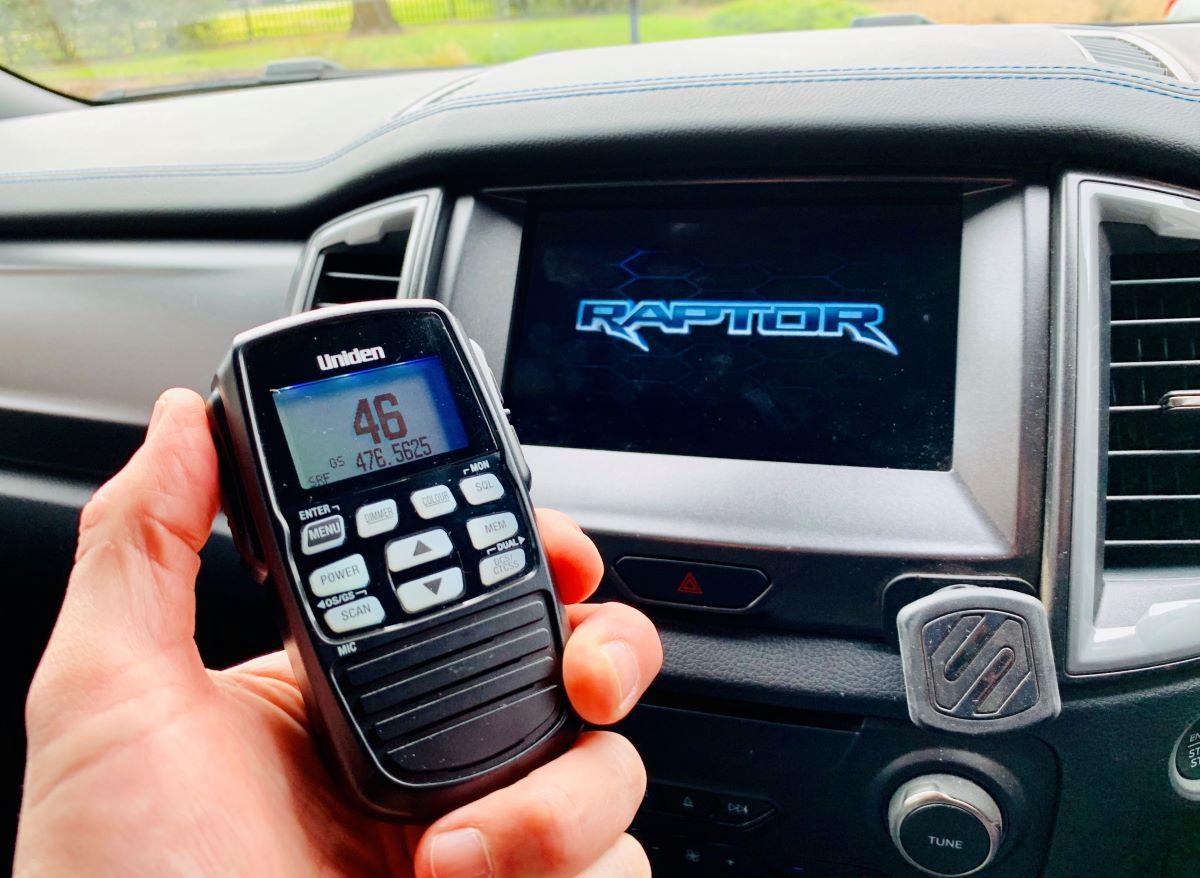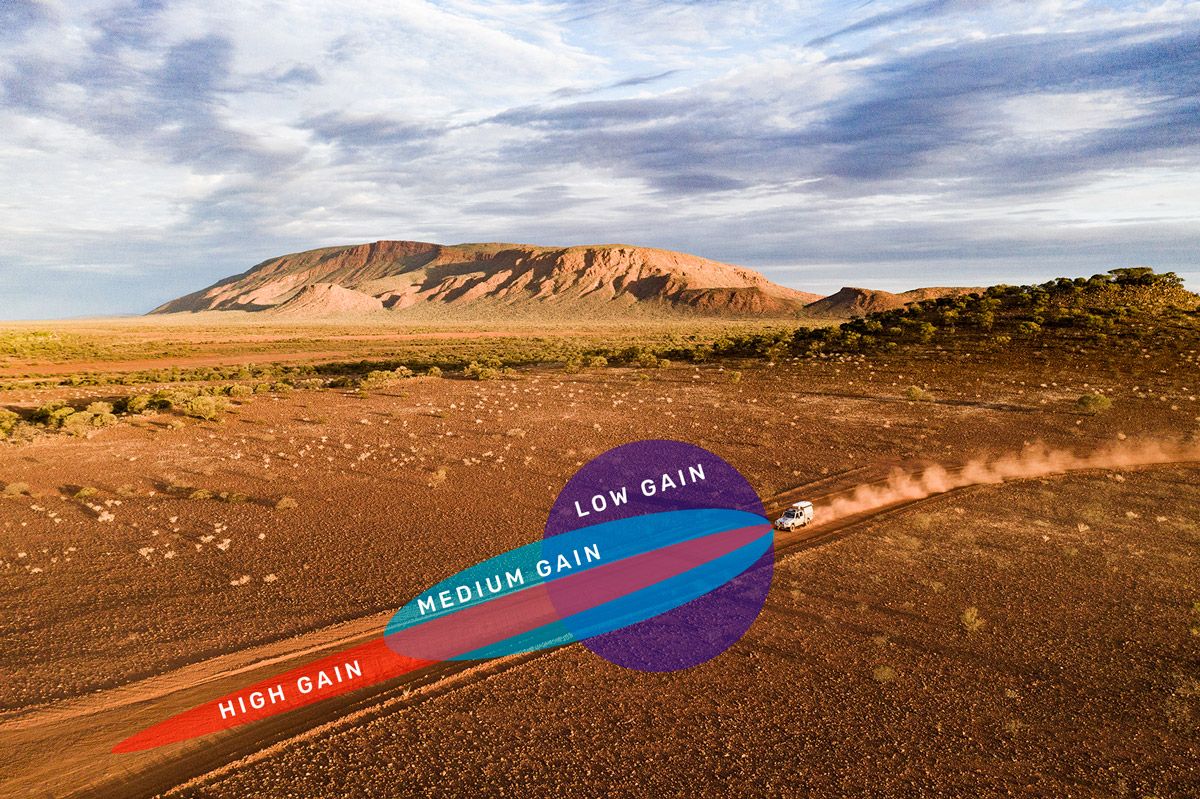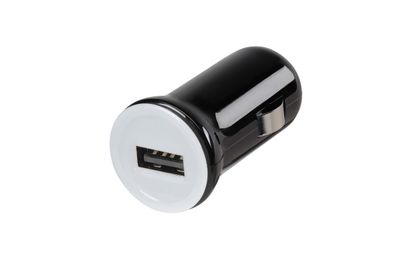Off Road Communication - A guide to UHF radios & antennas
— July 22, 2021 | 2 min read
With international travel off the table for the foreseeable future, a great number of us are deciding to see more of Australia – and a fair percentage of us in a four-wheel drive. This has prompted us to create a series of blog posts on building a 4x4 tourer from scratch, covering the essential gear you should buy before hitting the tracks, installation tips and tricks, and frequently asked questions.
To start with, we thought we’d delve into one of the most important bits of kit in any off road vehicle: a UHF (Ultra High Frequency) radio and antenna.
Depending on where you’re travelling, the type of terrain you’ll likely encounter, and the range you’ll require, there are a number of considerations you’ll need to make. UHF radios are a handy accessory for any 4WDer, caravaner, or weekend adventurer. They help us keep in contact with other members of our group or convoy, other 4WDs and trucks, and possibly someone who can come to our aid in the event of an accident or breakdown.

What type of UHF radio should I get?
UHF radios can be split into two basic groups: portable, handheld units and fixed, in-vehicle units. Both have pros and cons; however, it isn’t recommended you rely on a handheld radio when travelling into remote areas as the range of these units is limited greatly by their small antenna.
Handheld units (walkie talkies)
Handheld UHF radios are a portable, all-in-one solution, ideal for close quarter communication, such as spotting (directing a driver through tricky terrain) or general campsite communication. Handheld UHF radios offer a transmitting range of up to 5km depending on the terrain and atmospheric conditions. Many newer handheld units can be switched between 1-, 3-, and 5-watts power to save battery life, while others may be connected to external antennas to extend range. Handheld UHF radios generally come with a USB or 12V accessory charging lead so you can charge the batteries using your vehicle’s accessory port (check out our range of power accessories and RV Accessory Sockets and Meters for all your 12V power needs).
Range: Short distance (Up to 5km)
Pros: Cheaper than in-vehicle units, portable, all-in-one (radio + antenna) communication solution
Cons: Limited range, run time dependent on power in battery pack
Ideal for: Hiking and camping


In-Vehicle units (fixed-mount) + External Antenna
Standard in-vehicle type UHF radios generally transmit at the highest legal rate of 5-watts. They have a much greater range than their portable counterparts due to their use of a larger, external antenna. In-vehicle UHF units offer their controls on their fascia or on the handpiece (mic), enabling the ‘box’ to be installed out of sight. It’s recommended the UHF be installed higher in the vehicle to avoid accidental flooding from water ingress, and that the handpiece is kept within easy each. Most modern UHF radios are now available with magnetic retainers for the handpiece, ensuring you can keep your eyes on the road while still safely operating the UHF radio. A UHF radio is only as good as its antenna. A UHF transmits in line of sight, which means the location and type of antenna you use can have a massive influence on your radio’s performance.
Range: Long distance (5 – 40km line of site)
Pros: Greater range, unlimited run time (unless your vehicle gets a flat battery)
Cons: More expensive, limited to use in / beside vehicle
Ideal for: 4wd expeditions, remote outback touring, convoys and truck drivers
How to choose the right UHF antenna
It’s important to understand the different types of antennas available, and choose one based on performance – and not aesthetics. Antenna gain is measured in dBi (decibel relative to isotrope) which in simple terms means its ability to concentrate radio frequency energy in a particular pattern or direction.
Here’s a brief guide to understanding dBi gain:
- High Gain (8.1dBi) – This is ideal for flat countryside with few obstacles to hinder the signal’s path. The high gain signal radiates in a straight, narrow path.
- Medium Gain (5.1-6.6dBi) – This type of antenna is best for mixed terrain where there may be some obstruction from trees and hills.
- Low / Unity Gain (2.1dBi) – This describes an antenna that outputs a signal at the same level as its input. It works on a broad pattern, which makes it most suitable for rugged, mountainous terrain

Where should I position my UHF antenna?
The best transmitting location isn’t always the most sensible place on your vehicle. Ideally, the centre of the roof is the best position for an antenna, but this obviously causes issues with mounting, clearance, and the fitment of your roof rack.
This is why you’ll often see antennas mounted on the bullbar of a 4WD. But unfortunately, this has issues of its own. The signal path is obstructed by the vehicle and therefore cannot transmit evenly behind the vehicle. The signal path may also be obstructed in a forward direction by other vehicles travelling in front of you.
For this reason, a bullbar-mounted antenna will never truly allow your UHF radio to be used to its full potential – even if it’s tall enough to clear the height of your roof. As a rule, it’s best to place your antenna where the entire height of the mast can ‘see’ in all directions – on the roof, or on the roof racks. Use a quality, hinged mount and remember that an antenna works best when installed vertically.
How should I route the UHF antenna cable?
One of the most important and least understood steps in correctly setting up a UHF radio is the routing of the coaxial cable (or antenna cable) between the radio and the antenna. It’s important the coaxial cable be routed as far from electrical looms as practicable, and any excess coaxial cable is removed.
Looping excess cable will lead to the cable becoming an inductor which can produce a voltage spike that can damage your UHF radio. Always shorten the coaxial cable to the desired length, fit the plug to the cable, then attach it to your radio or antenna.
Hints and advice
UHF radios with only 40 channels are being phased out. Narrow band 80-channel units utilising the same 477MHz spectrum as the 40-channel system but with closer ‘gaps’ between frequencies will be mandatory from 2022. The ACMA (Australian Communications and Media Authority) has already mandated the phase out of 40 channel UHF radios.






